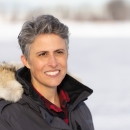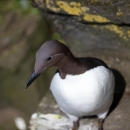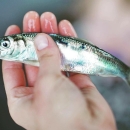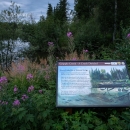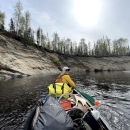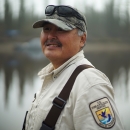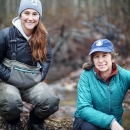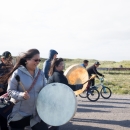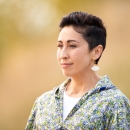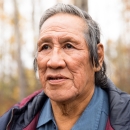
[SPECIAL ALERT: Questions about marine mammals or Threatened/Endangered species? Please contact our Marine Mammals Management Program or Ecological Services staff at our Southern Alaska or Northern Alaska field offices directly. Thank you!]
In Alaska we are shared stewards of world renowned natural resources and our nation’s last true wild places. The lands and waters of this place we call home nourish a vast and unique array of fish, wildlife and people. We cultivate a reverent awareness and respect for all things, from Alaska’s smallest plants and most iconic animals to its diverse communities and cultures. Our hope is that each generation has the opportunity to live with, live from, discover and enjoy the wildness of this awe-inspiring land and the people who love and depend on it.
Alaska's National Wildlife Refuges
We are shared stewards of 16 refuges in Alaska totaling over 76 million acres: Alaska Maritime, Alaska Peninsula, Arctic, Becharof, Innoko, Izembek, Kanuti, Kenai, Kodiak, Koyukuk, Nowitna, Selawik, Tetlin, Togiak, Yukon Delta, Yukon Flats
Regional and Field Offices
Our Alaska regional office is in Anchorage, Alaska and houses staff from all Service programs including (but not limited to) our Alaska Marine Mammals Management Office, Alaska Migratory Birds Office, and Conservation Genetics Lab. Our field offices include our Northern Alaska Fish and Wildlife Field Office (Fairbanks), Southern Alaska Fish and Wildlife Field Office (Anchorage), our Kenai Fish and Wildlife Conservation Office in Soldotna, a small office in Juneau, and a satellite office in Utqiaġvik (formerly Barrow).
Connect with Us
Follow us on Facebook, Twitter, and Medium and check out our two podcasts: Fish of the Week!/ My Life Wildlife
Please hit the contact us button to contact someone who can help you find what you're looking for.
